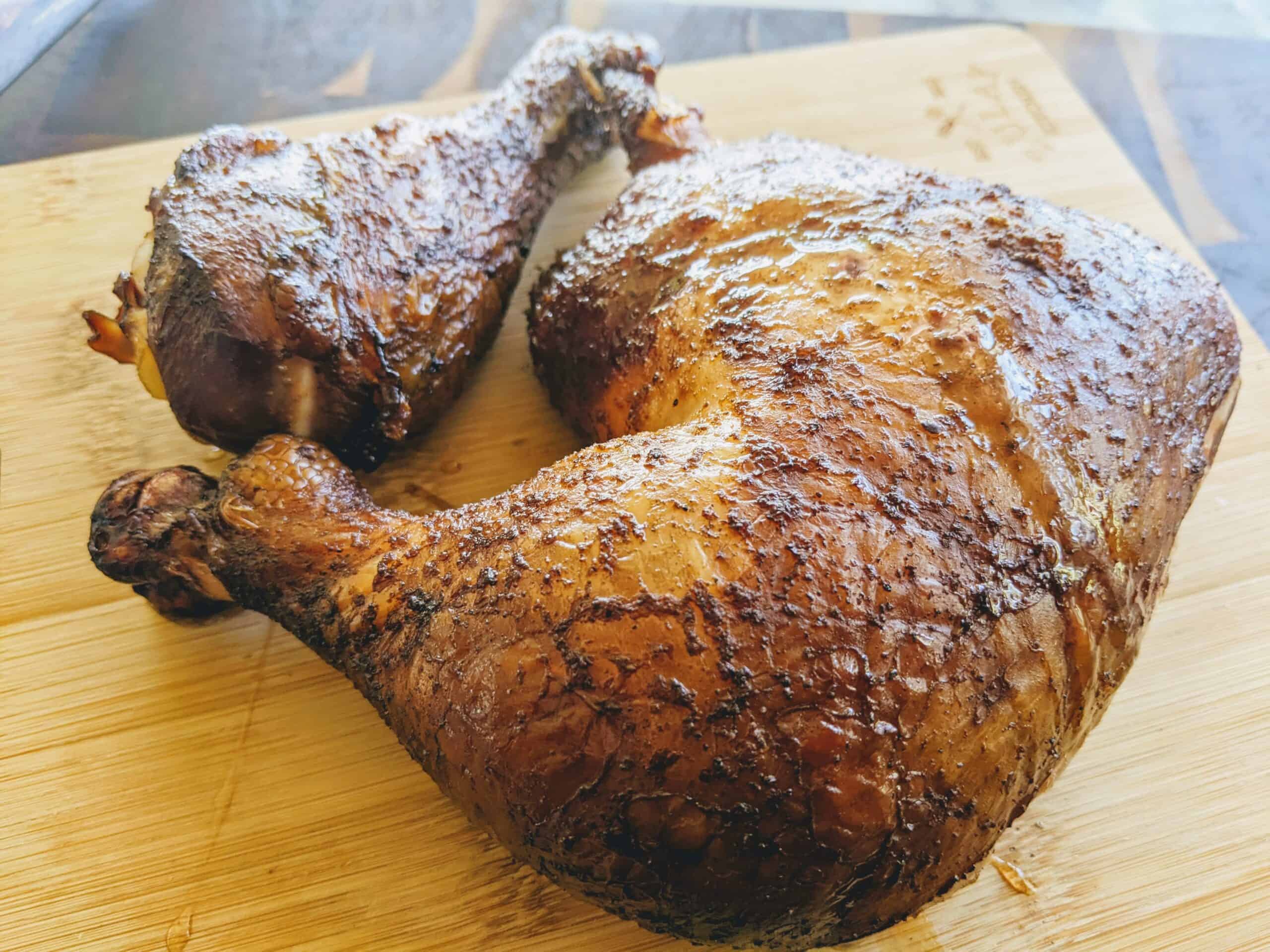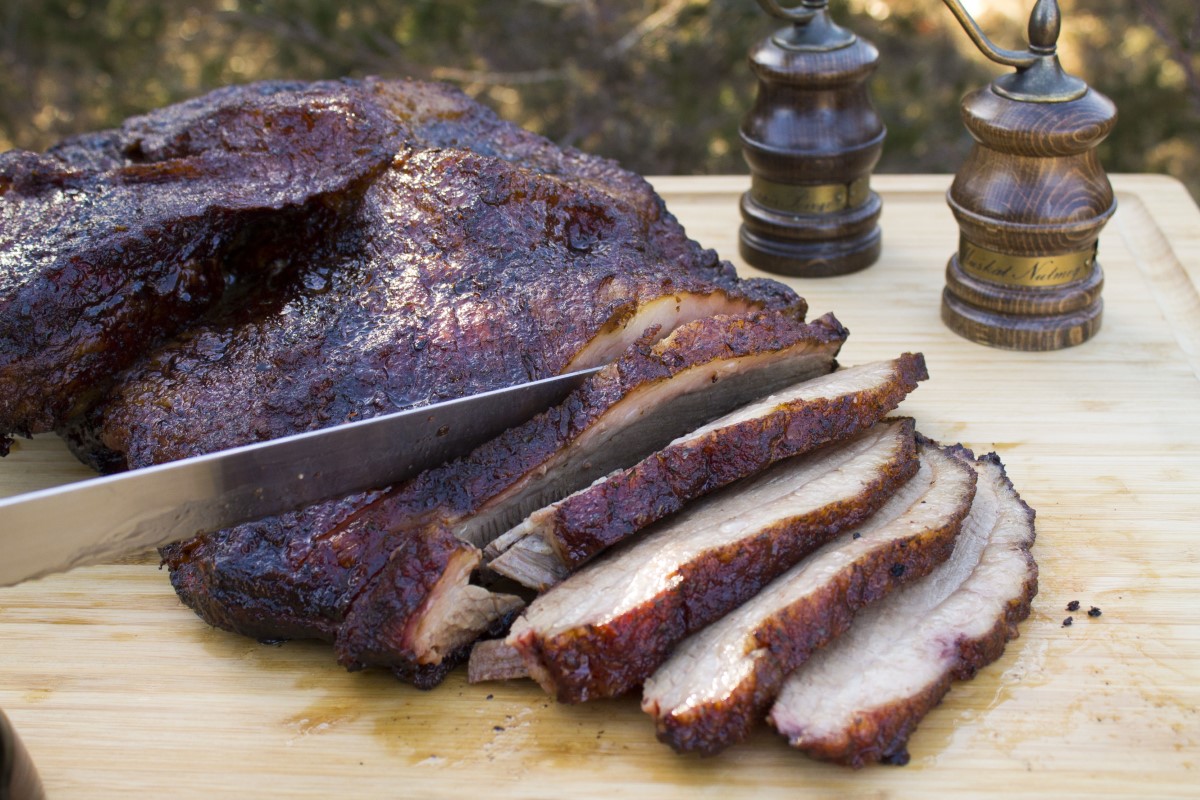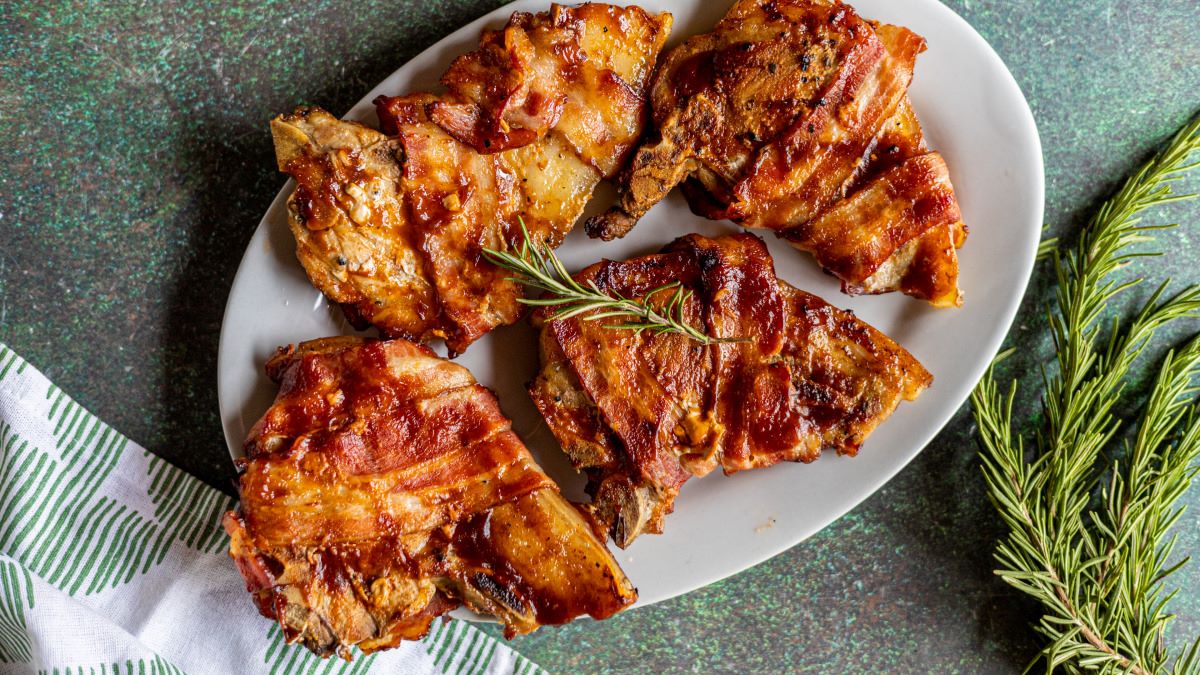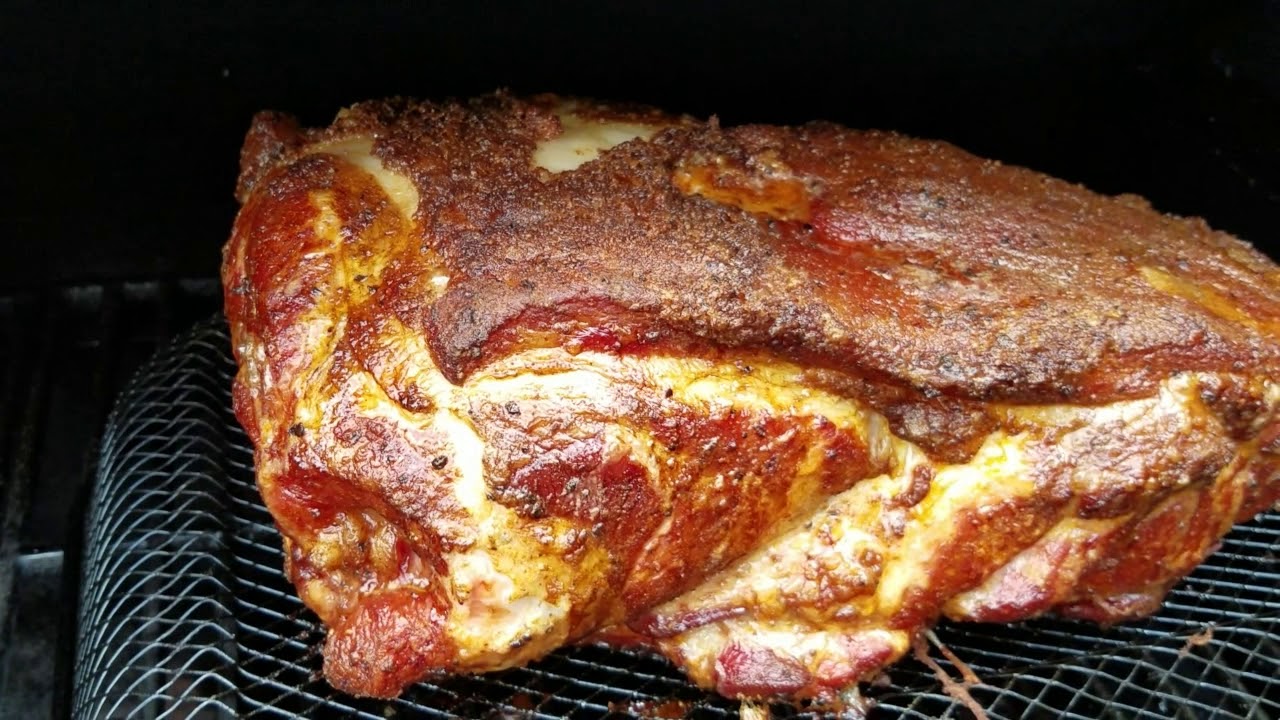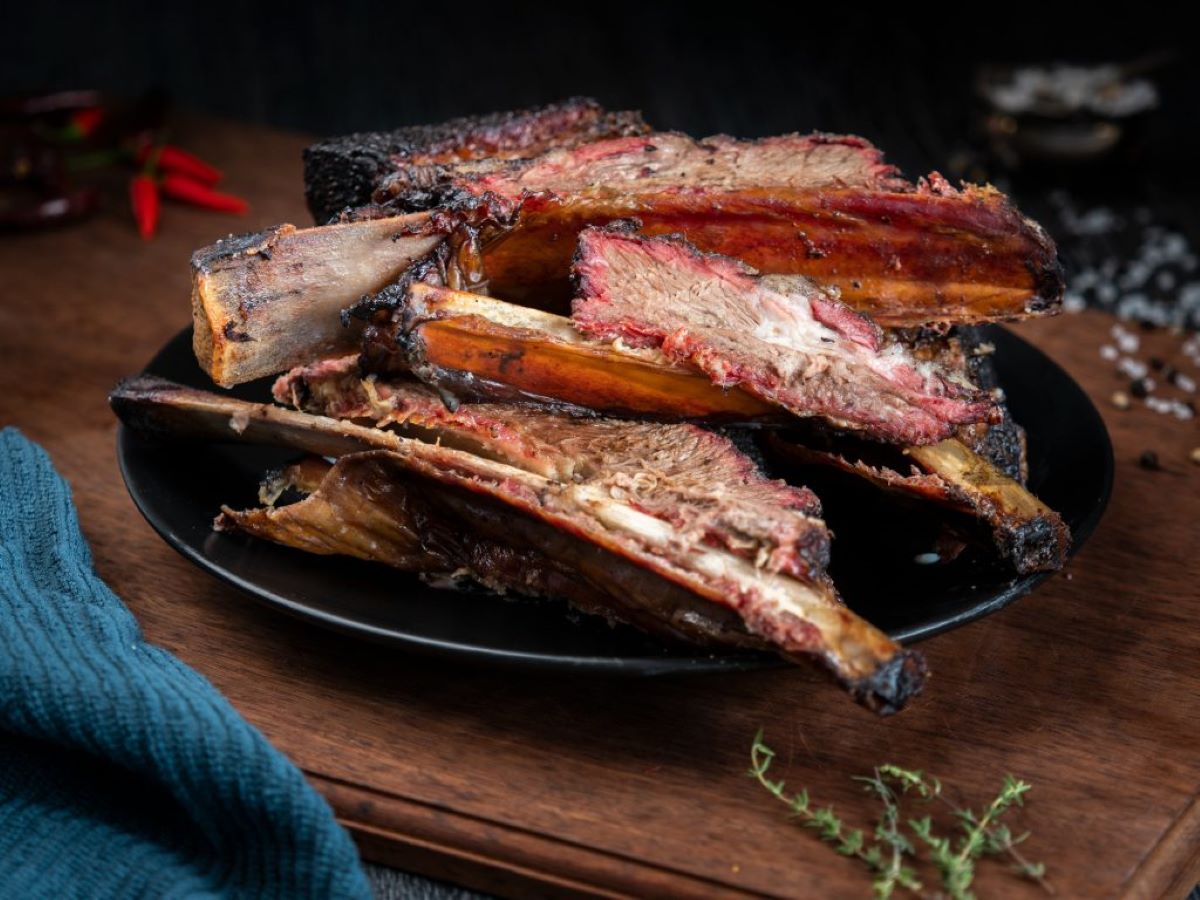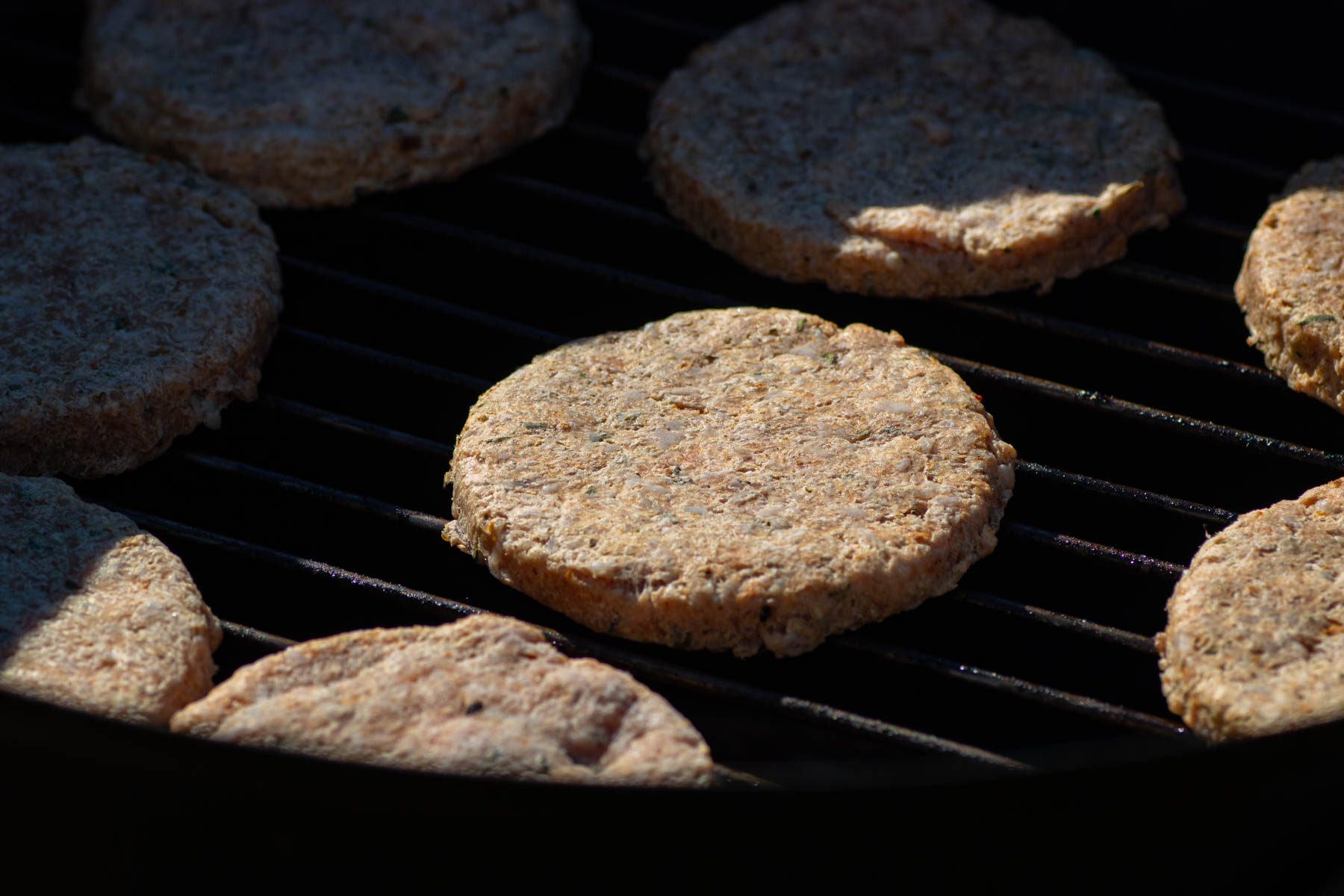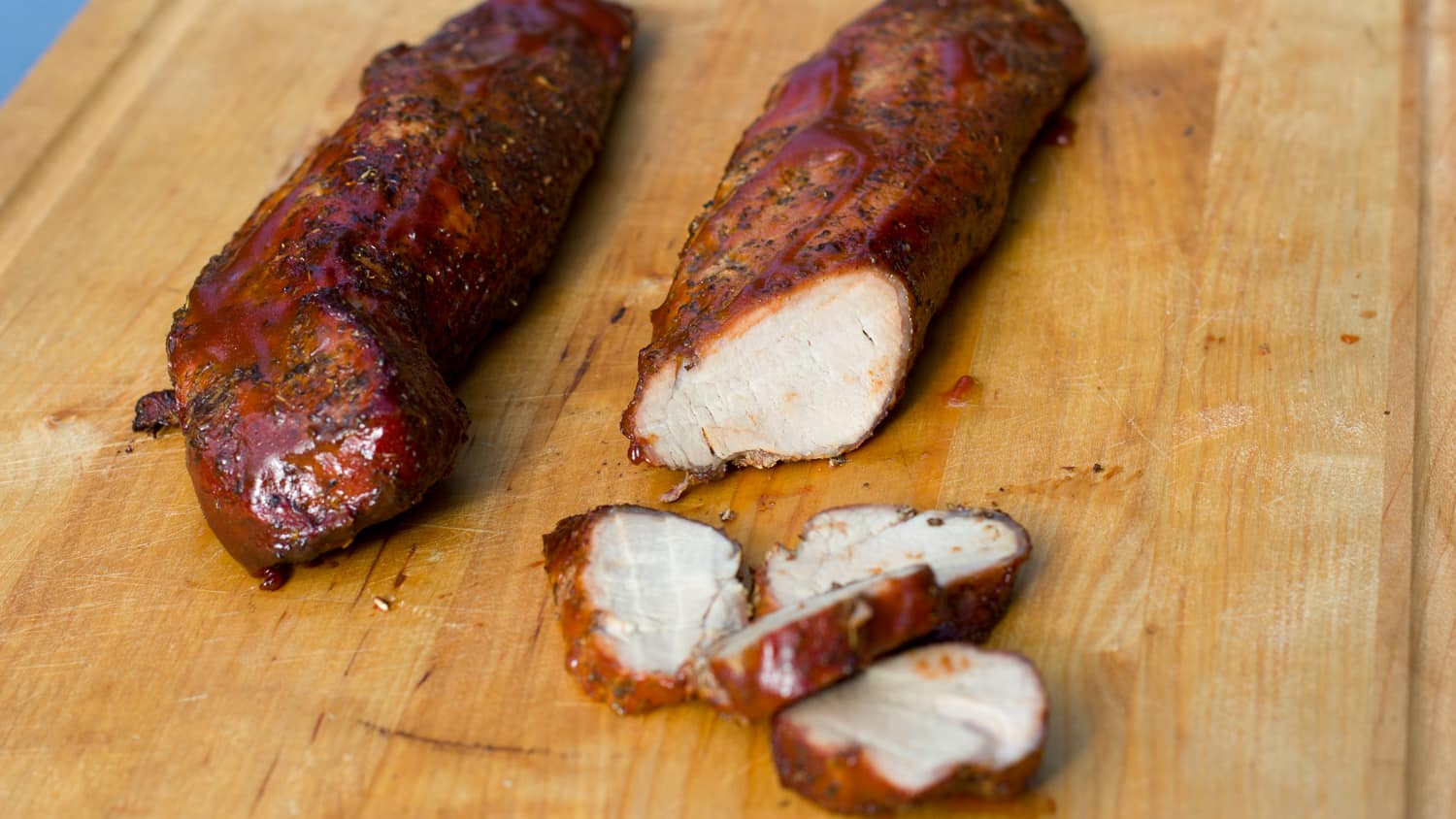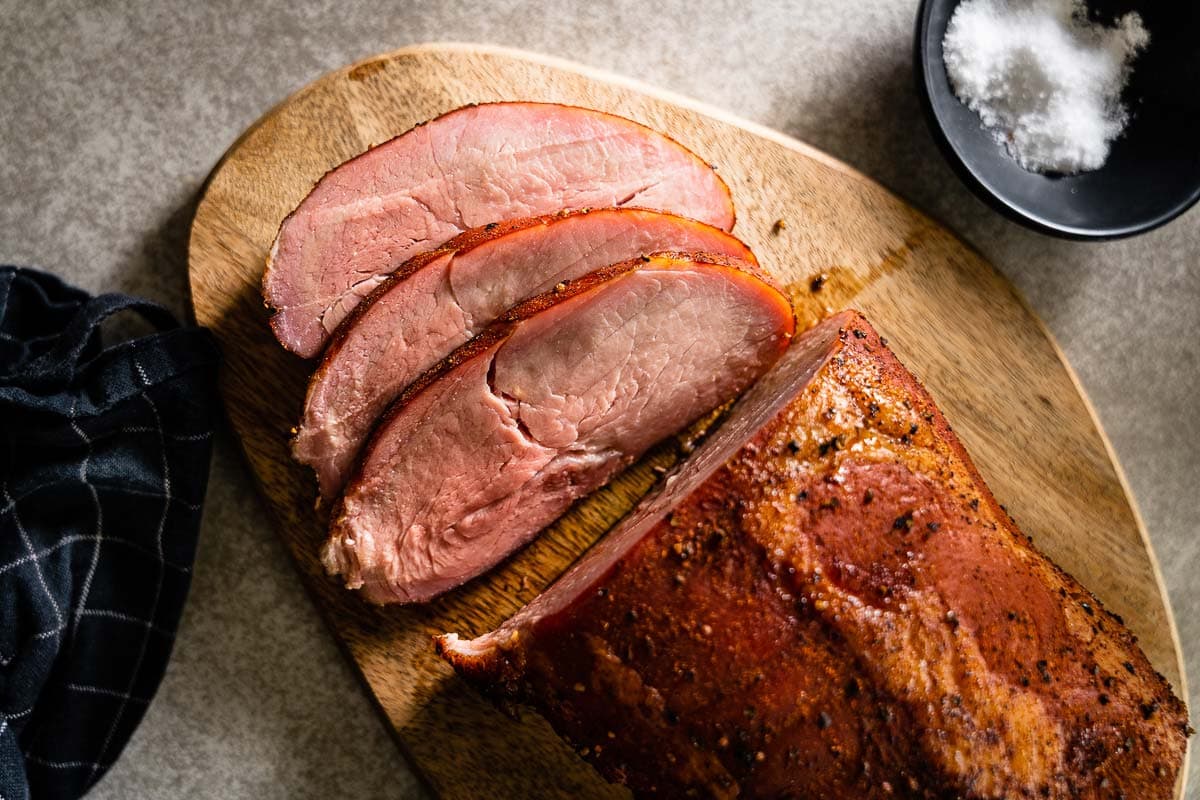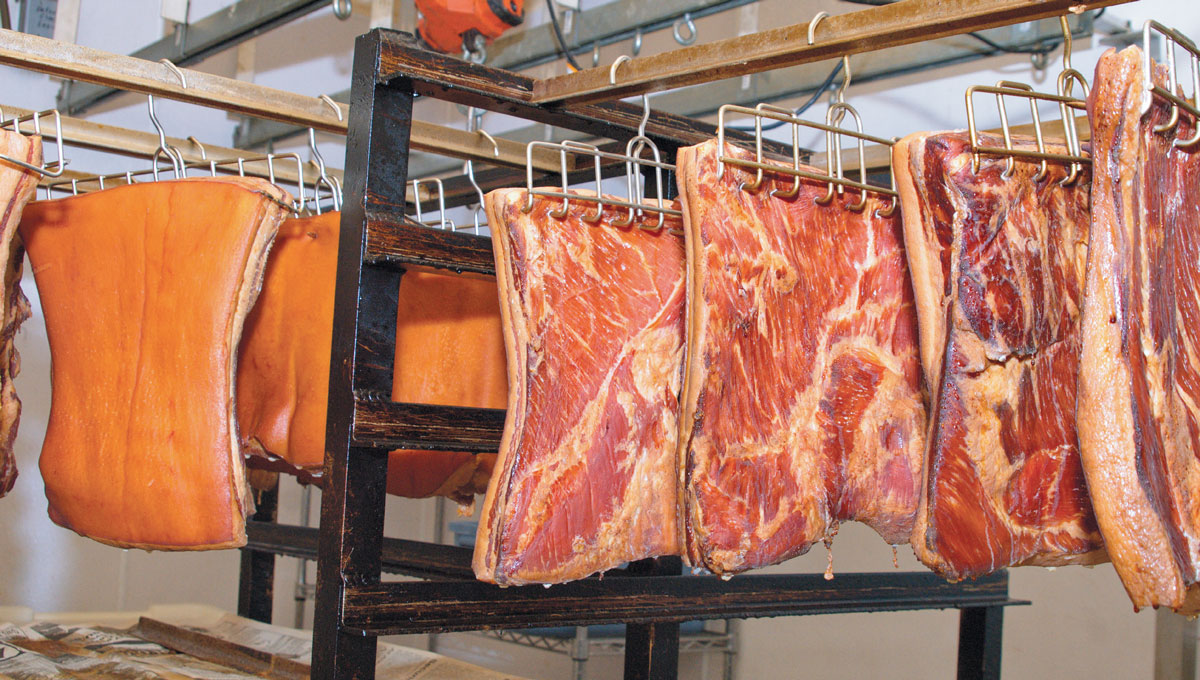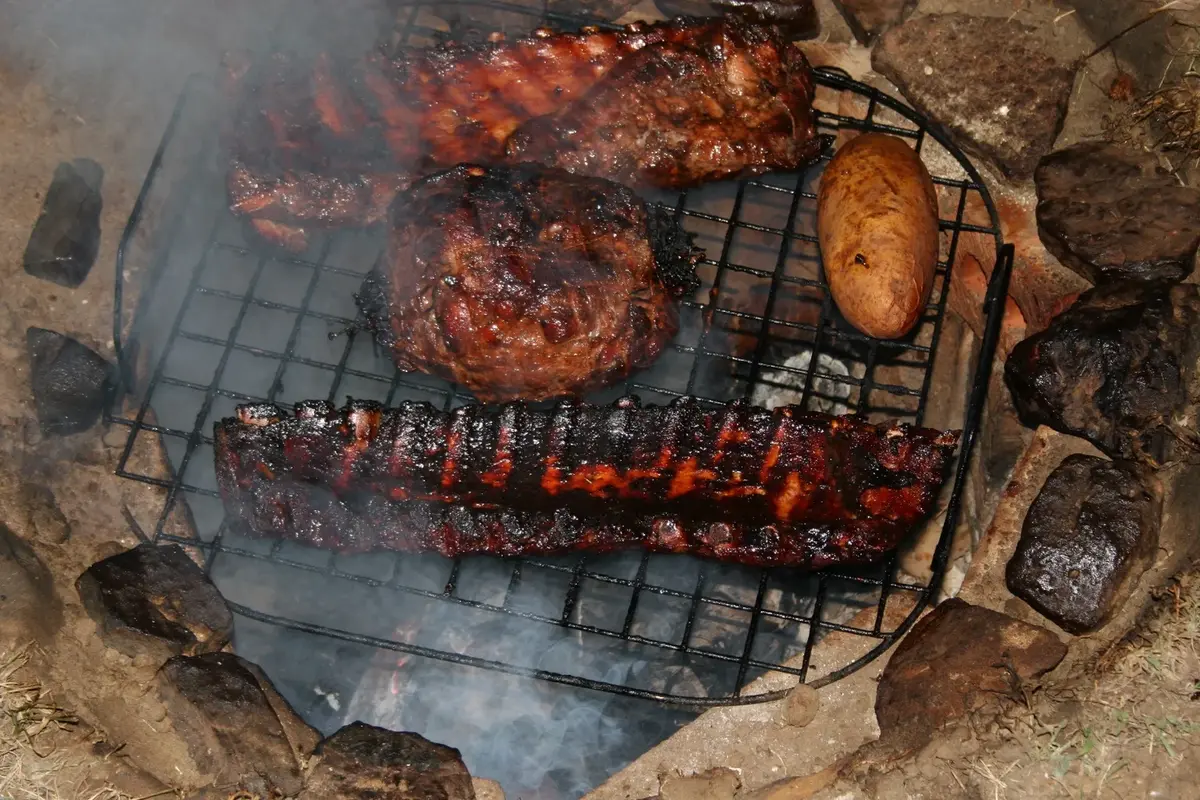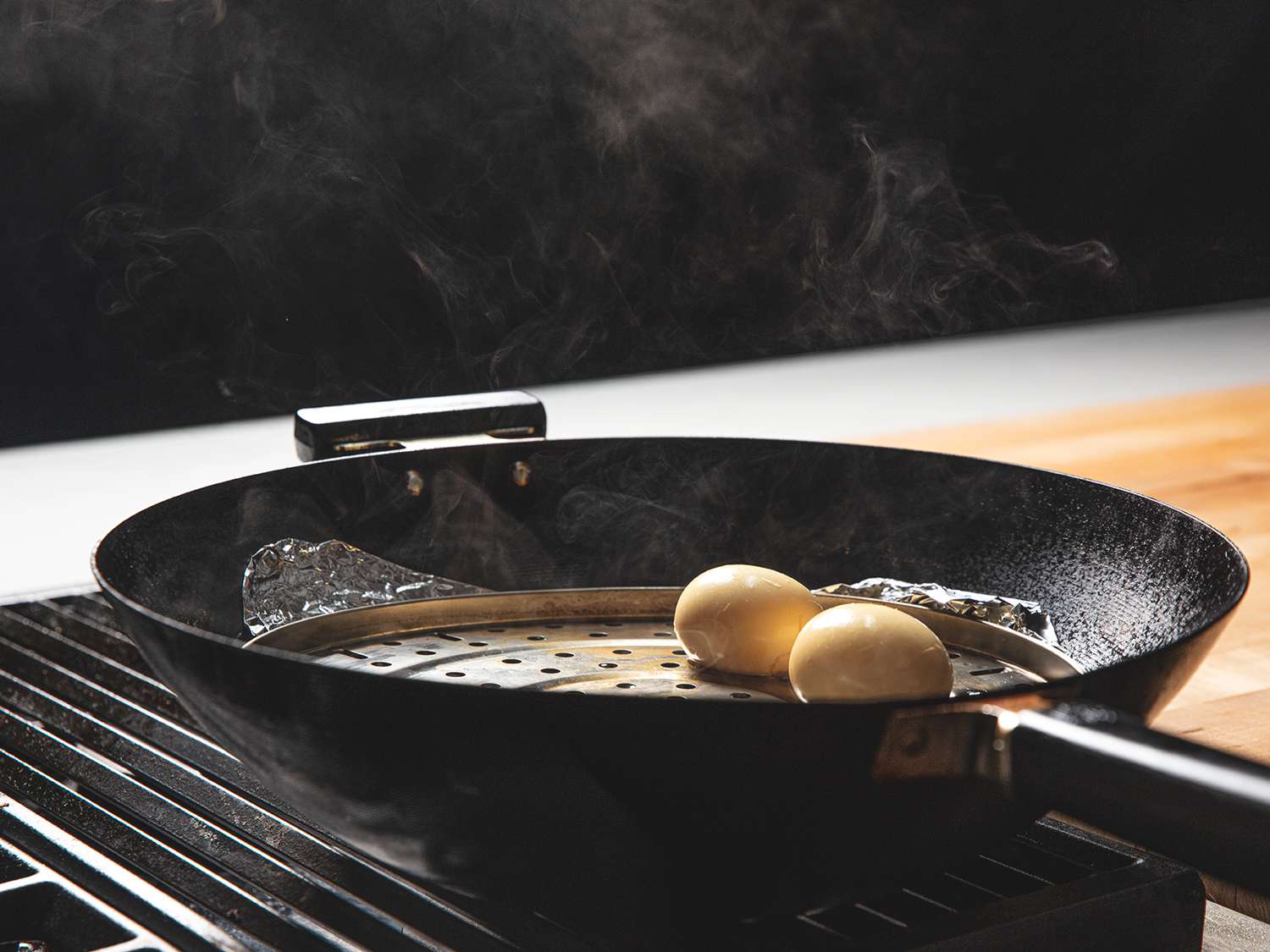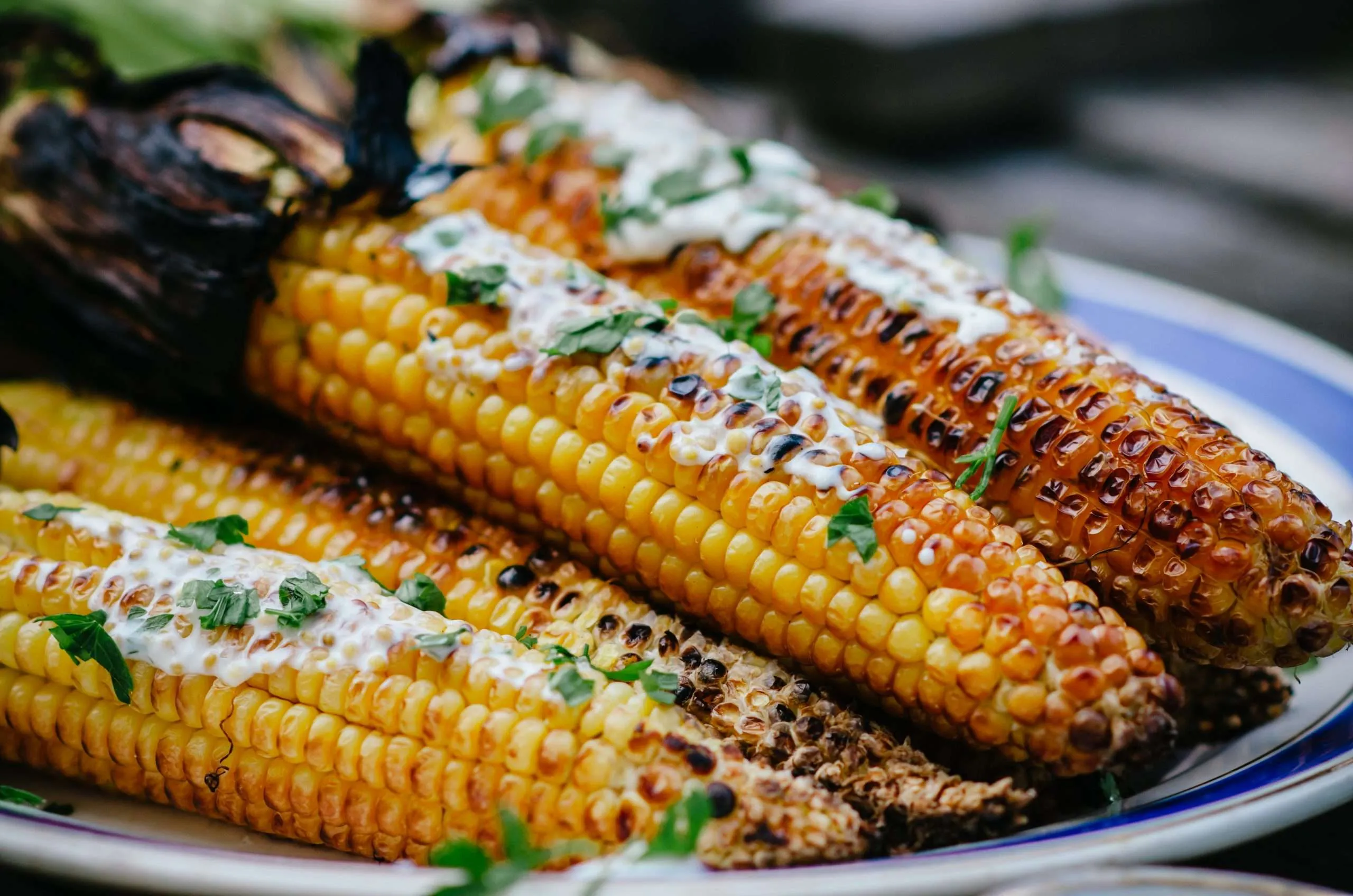Delicious and Tender: How to Smoke Coulotte Steak
Smoking a coulotte steak is a fantastic way to infuse it with a rich, smoky flavor while ensuring it turns out tender and juicy. This cut of beef, also known as the sirloin cap, is a hidden gem that is sure to impress your family and friends at your next barbecue. Follow these simple steps to smoke a coulotte steak to perfection.
Choose the Right Cut
When it comes to smoking coulotte steak, selecting the right cut of meat is crucial. Look for a well-marbled coulotte steak with a good fat cap. The marbling will ensure a juicy and flavorful steak, while the fat cap will help keep it moist during the smoking process.
Prepare the Steak
Before you start smoking, it’s important to prepare the coulotte steak properly. Start by trimming any excess fat, leaving about a quarter-inch layer to add flavor and moisture to the meat during the smoking process. Then, season the steak generously with your favorite steak rub. This could be a simple mix of salt, pepper, and garlic, or a more complex blend of spices to suit your taste.
Set Up the Smoker
Prepare your smoker for cooking at a temperature of around 225-250°F. Use hardwood chips or chunks to generate the smoke, such as hickory, mesquite, or oak, which will impart a delicious smoky flavor to the coulotte steak.
Smoke the Coulotte Steak
Once the smoker is at the right temperature and the wood is producing a steady stream of smoke, it’s time to place the seasoned coulotte steak on the grill. Close the lid and let the steak smoke for about 60-90 minutes, or until it reaches your desired level of doneness. Use a meat thermometer to ensure the internal temperature reaches at least 130°F for medium-rare or 140°F for medium.
Rest and Serve
After the coulotte steak has finished smoking, remove it from the smoker and let it rest for about 10 minutes. This allows the juices to redistribute throughout the meat, resulting in a more flavorful and tender steak. Once rested, slice the coulotte steak against the grain and serve it up with your favorite sides for a mouthwatering meal that is sure to impress.
Smoking coulotte steak is a fantastic way to elevate this underrated cut of beef. With the right preparation and a little patience, you can enjoy a tender, flavorful steak that will have everyone coming back for seconds. So fire up the smoker, grab a good cut of coulotte steak, and get ready to impress your guests with your smoking skills!
Was this page helpful?
Read Next: How To Smoke Rolled Rump Roast
